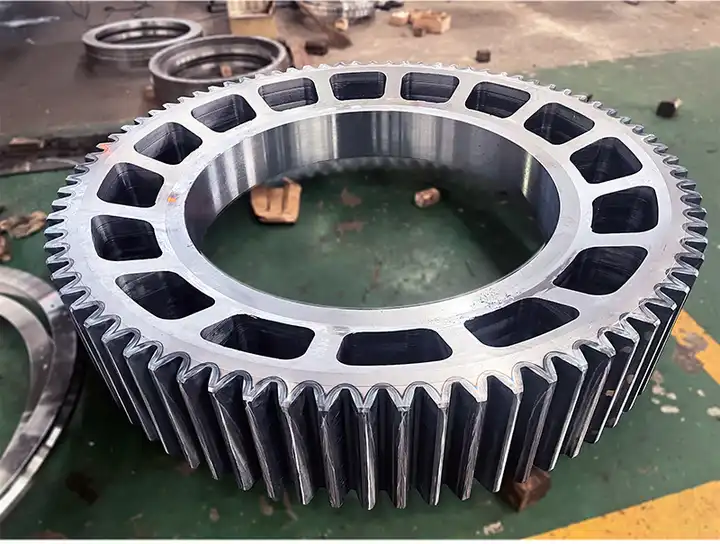How to choose cast or forged gears?
People in the foundry industry know that large gears are transmission parts of mechanical equipment and play a key role in the operation of the entire machine. If the large gear (also called the large gear ring) is worn, it needs to be replaced to delay production. In addition, the large gear is a consumable part. From the user’s point of view, the longer the service life, the better. Therefore, when users choose large gears, they require long life, impact resistance, wear resistance, etc., so the specific selection should be based on the actual situation.

Casting steel manufacturers believe that it is better to use forging technology under normal circumstances if there are high speed requirements and low life requirements for gears, because forged gears have dense texture, hardness and wear resistance than cast steel parts. The large gear with the right performance has a large diameter and low speed, so it is more suitable to cast steel castings, which can meet the needs of long-term rotation of mechanical equipment and save production and maintenance costs.
From the above, I believe that users have a general understanding of this. For gears with small diameters and high speeds, forging production can be selected, and forging production can also be mass-produced. If the diameter is relatively large, you can choose to cast a large gear. If the diameter is too large, you can produce it in two halves and then install the large gear together as required.



